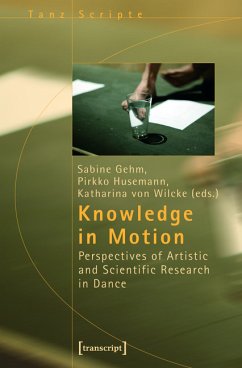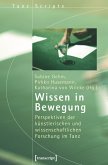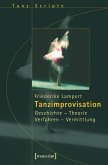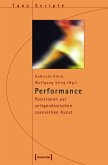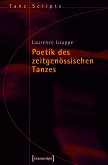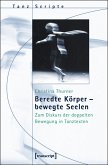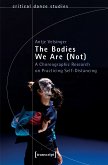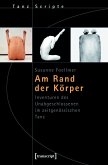In a globalised society, dance is gaining in importance as a means of conveying body knowledge: It is perceived as an art form in itself, is fostered and cultivated within the bounds of cultural and educational policy, and is increasingly becoming the subject of research. Dance is in motion all over the world, and with it the knowledge that it holds. But what does body knowledge in motion constitute, how is it produced, how can it be researched and conveyed? Renowned choreographers, dancers, theorists and pedagogues describe the unique potential of dance as an archive and medium as well as its significance at the interface between art and science. Contributors are, among others, Gabriele Brandstetter, Dieter Heitkamp, Royston Maldoom and Meg Stuart.
Dieser Download kann aus rechtlichen Gründen nur mit Rechnungsadresse in A, B, BG, CY, CZ, D, DK, EW, E, FIN, F, GR, HR, H, IRL, I, LT, L, LR, M, NL, PL, P, R, S, SLO, SK ausgeliefert werden.

